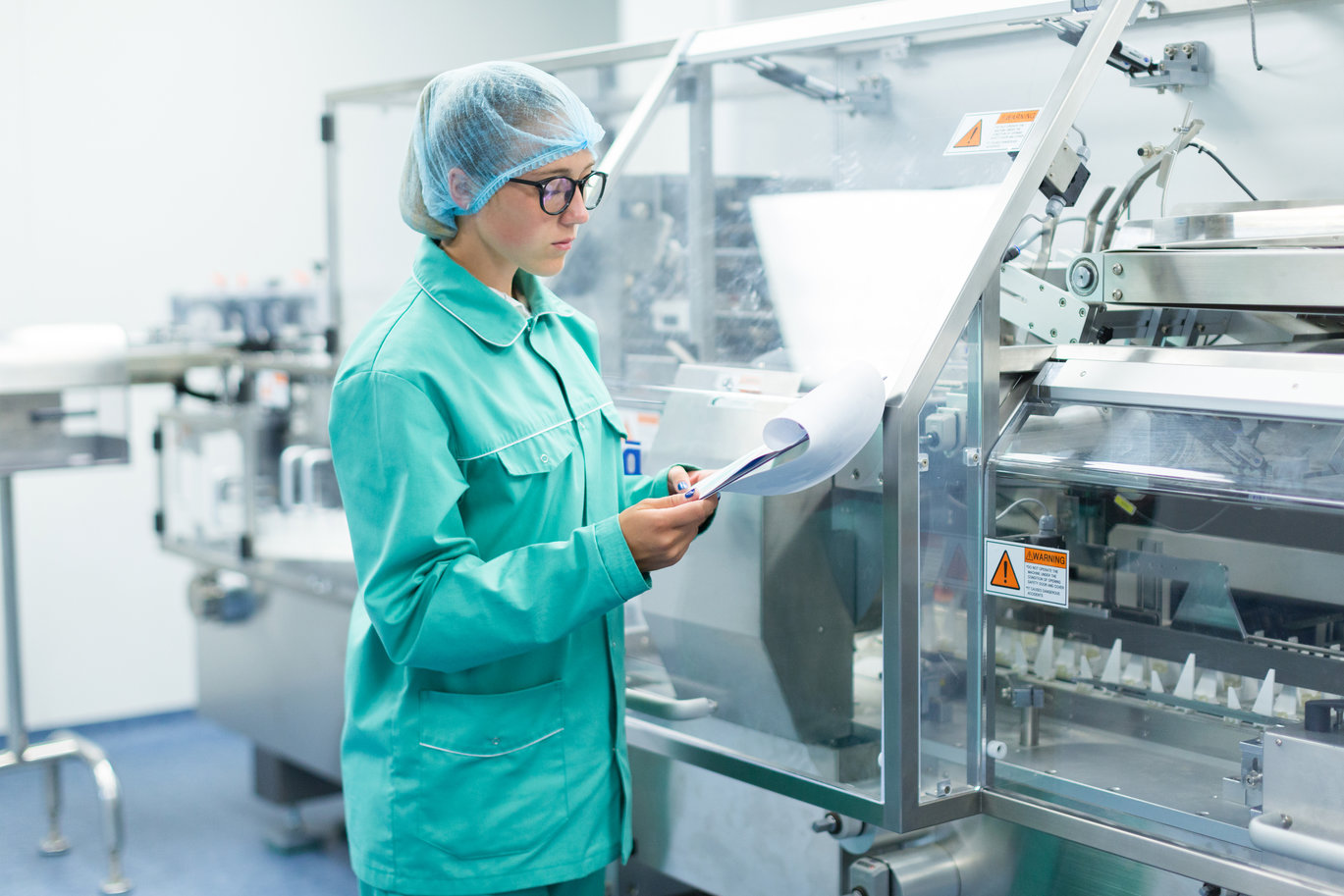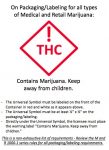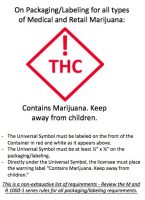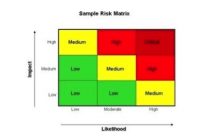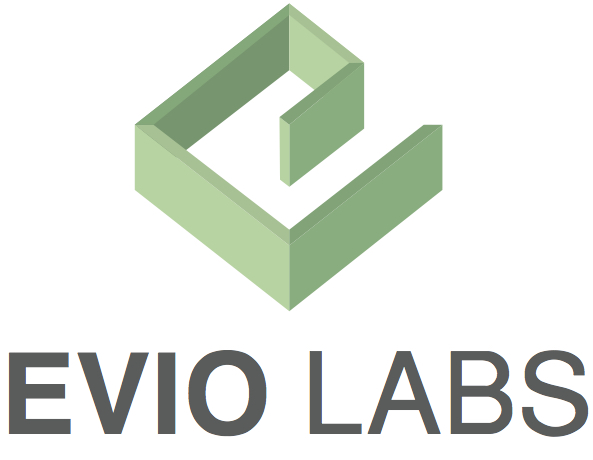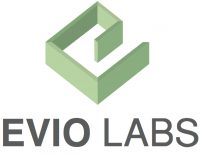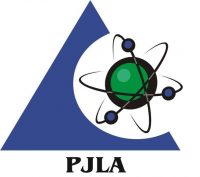In the United States, the idea of transporting cannabidiol (CBD), let alone medical cannabis across state lines is still verboten. As a result, a patchwork of very different state industries has sprung up across the map, with different regulatory mandates everywhere. While it is very clear that California will set the tone for the rest of the United States in the future, that is not a simple conversation. Even in-state and in the present.
In the meantime, of course, federal reform has yet to come. And everywhere else, there is a very different environment developing.
In Canada, “territorial” reform does mean there will be different quality or other regulatory guidelines depending on where you are. The main difference between the territories appears to be at point of retail – at least for now. Notably, recreational dispensaries in the East will be controlled by the government in an ABC package store model. That will not be the case across all provinces however. Look for legal challenges as the rec market gets underway.
 In Europe, the conversation is already different – and based on the realities of geopolitics. Europe is a conglomeration of federally governed nation-states rather than more locally administered territories, supposedly under federal leadership and control (as in the US). That said, there is common EU law that also governs forward reform everywhere now, just as it hindered national drug reform until a few years ago on the cannabis front.
In Europe, the conversation is already different – and based on the realities of geopolitics. Europe is a conglomeration of federally governed nation-states rather than more locally administered territories, supposedly under federal leadership and control (as in the US). That said, there is common EU law that also governs forward reform everywhere now, just as it hindered national drug reform until a few years ago on the cannabis front.
However, now, because European countries are also moving towards reform but doing so in very different ways in an environment with open borders, the market here is developing into one of the most potentially fertile (and experienced) ex-im markets for the cannabis plant anywhere. On both the consumer and medical fronts, even though these labels mean different things here than they do elsewhere.
The Drivers
Medical reform in Europe basically opens the conversation to a regulated transfer of both non and fully loaded narcotic product across sovereign national borders. This is already happening even between nation-states where medical (read THC infused) cannabis is not federally legal yet, but it is has been accepted (even as a highly restricted drug). This means that Europe has already begun to see transfer of both consumer and medical product between states. In the former case, this is also regulated under food and cosmetic safety laws.
Cannabis in this environment is “just another drug.”While a lot of this so far has been via the strategic rollout of the big Canadian LPs as they attempt to carve up European cannabis territory dominance and distribution like a game of Risk, it is not limited to the same.
Pharmaceutical distributors across Europe are hip to the fact, now, that the continent’s largest drug market (Germany) has changed the law to cover cannabis under insurance and track its issuance by legal prescription. So is everyone in the non-medical CBD game.
As a result, even mainstream distributors are flocking to the game in a big way. Cannabis in this environment is “just another drug.” If not, even more significantly, a consumer product.
Game Time
The race for Europe is on. And further, in a way that is not being seen anywhere else in the world right now. And not just in pharmacies. When Ritter Sport begins to add cannabis to its famous chocolate (even if for now “just” CBD) for this year’s 4/20 auf Deutschland, you know there is something fundamental and mainstream going on. Lidl – a German discount grocery chain that stretches across Europe, has just introduced CBD-based cannabis edibles – in Switzerland.
As a result of this swift maturation, it is also creating from the beginning a highly professional industry that is essentially just adding cannabis to a list of pharmaceutical products already on a list. Or even just other grocery (or cosmetic) items.

In general, and even including CBD, these are also products that are produced somewhere in Europe. As of this year, however, that will include more THC from Portugal, Spain and most certainly Eastern Europe. It will also mean hemp producers from across the continent suddenly have a new market. In many different countries.
This means that the industry itself is far more sophisticated and indeed used to the language and procedures of not only big Euro pharma, but also mainstreamed distribution (straight to pharmacy and even supermarket chains).
It also means, however, understanding the shifting regulations. In general, the focus on ex-im across Europe is also beginning to standardize an industry that has been left out of the global game, on purpose, for the last 100 years. Medical cannabis, grown in Spain under the aegis of Alcaliber (a major existing opioid producer) can enter Germany thanks to the existing partnership with Spektrum and Canopy, who have a medical import license and source cannabis from several parts of Europe at this point. It also means that regular hemp producers, if they can establish the right brand and entry points, have a new opportunity that exists far outside of Switzerland, to create cross-European presence.
And all of this industry regulation is also setting a timeline, if not deadline, on other kinds of reform not seen elsewhere, anywhere, yet.










